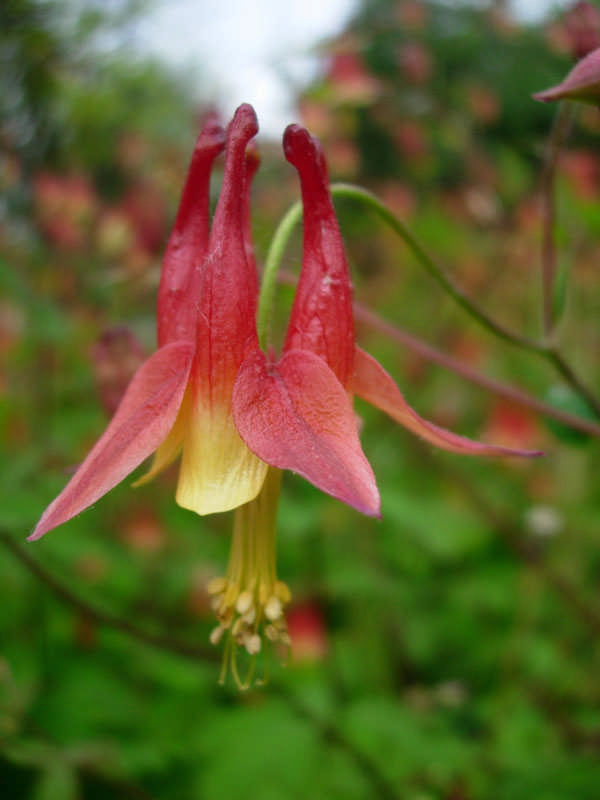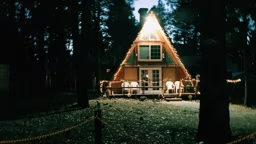So what is a fire-resistant plant? It is a plant that possesses several characteristics that make it less likely to ignite, including foliage and stems that retain moisture, such as hosta.
Other plants, like juniper, are not fire-resistant because they retain dead leaves or needles, which can serve as ignition points or intensify a fire. Some plants and trees, like conifers, contain resins; they can ignite even when green, producing intense flames and heat.
Oak leaves are a common fuel threat for wildfires. Keep oak – as well as other leaves, needles, and plant debris – from collecting around foundations of structures and under decks.
When it comes to fire-resistant landscaping, the location of your plants is as critical as the species you select. Spacing between trees and shrubs is important so that the fire cannot jump from a plant to a structure, or from one plant to another – and then to your home. Spacing depends on the species. And remember: the distance between two plants decreases as the plants grow larger. Space plants according to their mature size, not their size at planting.
Wild Geranium (Geranium maculatum)
This plant blooms from April to July. The pollen and nectar of its flowers attract small butterflies, and a variety of bee species and other insects.
Bearberry (Arctostaphylos uva-ursi)
This popular ground cover produces clusters of small-,white-to-pink, urn-shaped flowers that bloom from May to June. The plant gets its name from ist grape-like fruit. Bright red to pink fruit persist on the plant into early winter. It is eaten by a few species of songbirds and game animals.
Nannyberry (Viburnum lentago)
This is a common, native shrub. Its flowers are white in May; its fruit changes from blue to black in the fall. It is known for its vivid combination of orange and red fall colors. Nannyberry tolerates the shade very well; its fruit is sweet and is eaten by a variety of birds and wildlife.
Columbine (Aquilegia canadensis)
This plant is an early bloomer, showing flowers from March to July and setting its fruit in mid-to-late summer. Hummingbirds, hawk moths, and at least four species of bees pollinate this pretty and delicate flower.
Moss phlox (Phlox subulata)
These evergreen mats of needle-like foliage are covered by masses of flowers in various shades of purple, pink, or white. This perennial blooms from March until June. It works wonderfully in rock gardens.
RESOURCE:
To get a fire-resistant plant list for your state, visit the Firewise Communities Program site.
Ninebark (Physocarpus opulifolius)
This is a common native shrub whose clusters of spring white flowers provide an excellent source of nectar. The red fruits of this plant are eaten by many bird species in autumn.
Wintergreen (Gaultheria procumbens)
This perennial ground cover has shiny dark green leaves hat turn red with the advent of cold weather. Wintergreen has small, bell-shaped pink/white flowers from June to August, followed by red berries in the fall. Sometimes the berries persist through winter. The creeping, underground stems of wintergreen form small colonies of plants.














